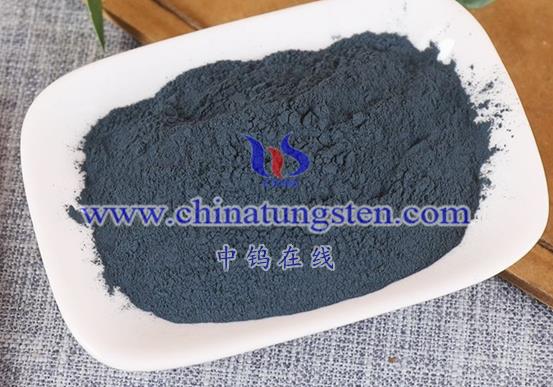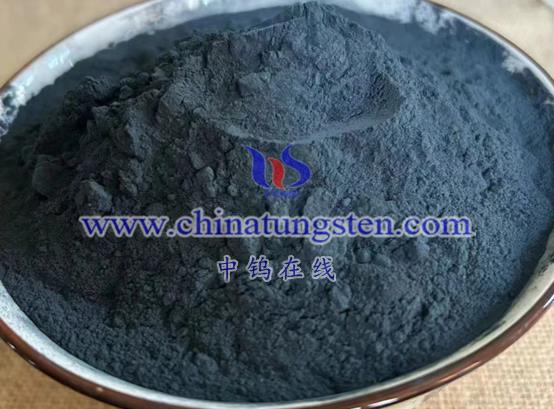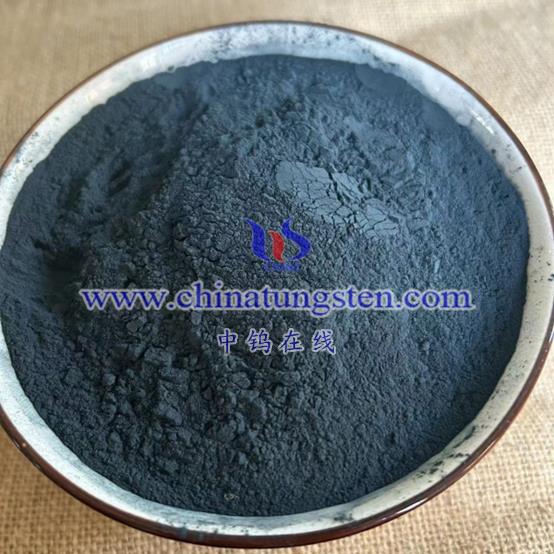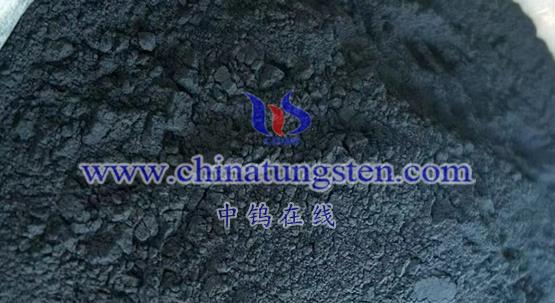
The luminescence principle of tungstate nanowires is primarily based on the unique properties of their internal electronic structure and the interaction between light and matter. Here’s a detailed explanation of the luminescence principle:
- Basics of Luminescence in Tungstate Nanowires
Luminescence is a phenomenon where a material converts absorbed energy directly into non-equilibrium radiation without passing through a thermal phase. During luminescence, the material absorbs external energy (such as light or electrical energy), which excites internal electrons, atoms, or molecules to transition from a low-energy state to a high-energy state. These excited particles then return to a lower energy state through radiative transitions, releasing photons and thereby emitting light.
- Luminescence Mechanism of Tungstate Nanowires
- Charge Transfer Transitions: The luminescence of tungstate nanowires primarily originates from the intrinsic emission of tungstate ions (WO₄²⁻). In the excited state, charge transfer occurs between oxygen atoms (O) and tungsten atoms (W), shifting charges either from the oxygen to the tungsten atom or vice versa. This charge transfer leads to energy release, resulting in luminescence.
- Energy Level Transitions and Radiative Recombination: When tungstate nanowires are excited by an external light source (like UV or X-rays), their internal electrons transition from the ground state to an excited state. In the excited state, electrons are unstable and return to the ground state through various methods (including non-radiative and radiative transitions). Radiative transition is the primary process for luminescence, wherein electrons move from a higher energy level to a lower one, emitting photons.
- Nanostructure Effects: The nanoscale size of tungstate nanowires leads to significant nanostructure effects, including quantum size effects and surface effects, which importantly influence their luminescent properties. For instance, quantum size effects can alter the energy level structure of the nanowires, thereby affecting the emission wavelength and intensity.
- Factors Influencing Luminescence Performance
- Size and Morphology of Tungstate Nanowires: The diameter, length, and surface morphology of nanowires all impact their luminescent performance. Generally, smaller nanometer sizes and uniform morphology enhance luminescent efficiency and intensity.
- Impurities and Defects in Tungstate Nanowires: Impurities and defects within the nanowires can affect their luminescent performance. They can serve as new luminescent centers, altering the emission spectrum, or may act as non-radiative recombination centers, reducing efficiency.
- Excitation Light Sources: The type, intensity, and wavelength of the excitation light source can influence the luminescent performance of tungstate nanowires. Different excitation sources may cause the nanowires to emit different colors of light or affect their intensity and lifetime.
In summary, the luminescence principle of tungstate nanowires is based on charge transfer transitions and energy level transitions with radiative recombination. Various factors, including nanostructure effects, the size and morphology of the nanowires, impurities, defects, and excitation sources, significantly impact their luminescent performance.
More details of tungsten oxide product, please visit website: tungsten-oxide.com
Please contact CHINATUNGSTEN for inquiry and order of tungsten oxide:
Email: sales@chinatungsten.com
Tel.: 86 592 5129595









